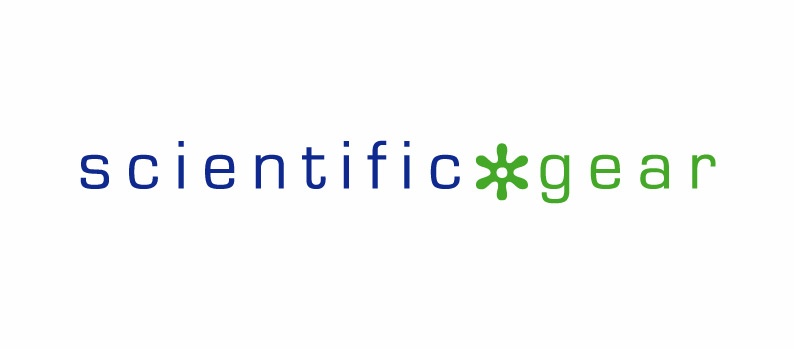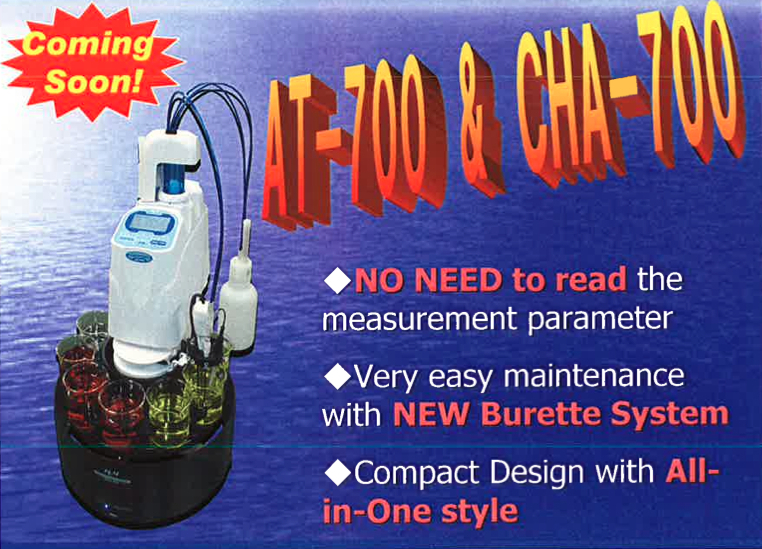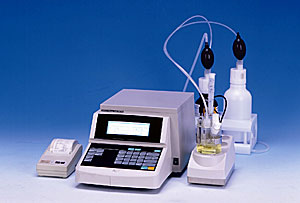We get this question a lot. "How do you go about testing for moisture if the sample is in liquid form?..What about solid form?"
Well basically, moisture testing using the karl fischer method is a standard in the industry that measures down to the Parts per million (PPM) level. The theoretical accuracy is down to 1 part per million level. I say theoretical because usually any variance is due to atmospheric conditions and operator repeatability. Specifically, and for this example, “coulometric” Karl Ficsher is best when you are using a small sample and expect and are trying to measure less than 1% (1%moisture =10,000PPM) of water (moisture/humidity) in your sample. [Note: there is a volumetric Karl Fischer method vs. coulometric Karl Fisher method but for this discussion I am speaking from the coulometric Karl Fischer standpoint]
With this in mind,
A. If you are testing a liquid sample you only have to use the karl fischer titrator and directly inject the liquid sample with a syringe (usually around 1mL) into the vessel.
B. If you are testing a solid sample (that cannot be “broken down sufficiently with solvents like Xylene for example) you will use both the karl Fischer AND an evaporator oven. The evaporator oven heats up the sample (usually the sample size is less than 1gram…we typically might use 1/10th of a gram..but then again we might use 3 grams -it really depends on how much moisture you expect to find). The evaporator is connected with a nitrogen gas source that is used to deliver the moisture via a heater tube on the evaporator into the titration vessel.
To see an actual demonstration of the Karl Fischer Titrator and the evaporator oven during an actual test please view the video below and watch the short 2 to 3 minute video.
To be sure there are many more things I could mention but this is a high level summary of the two approaches.
Hope this helps.



